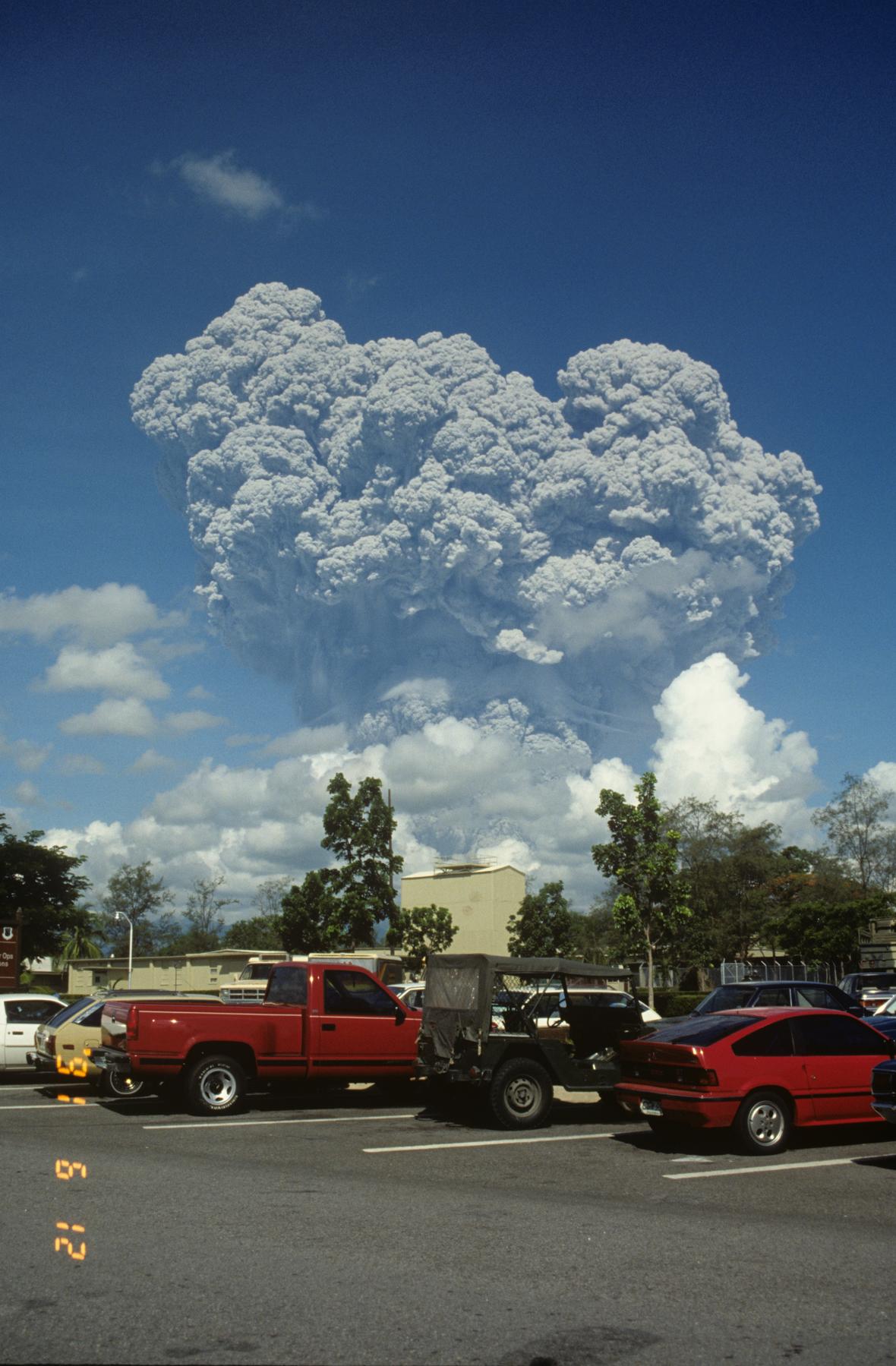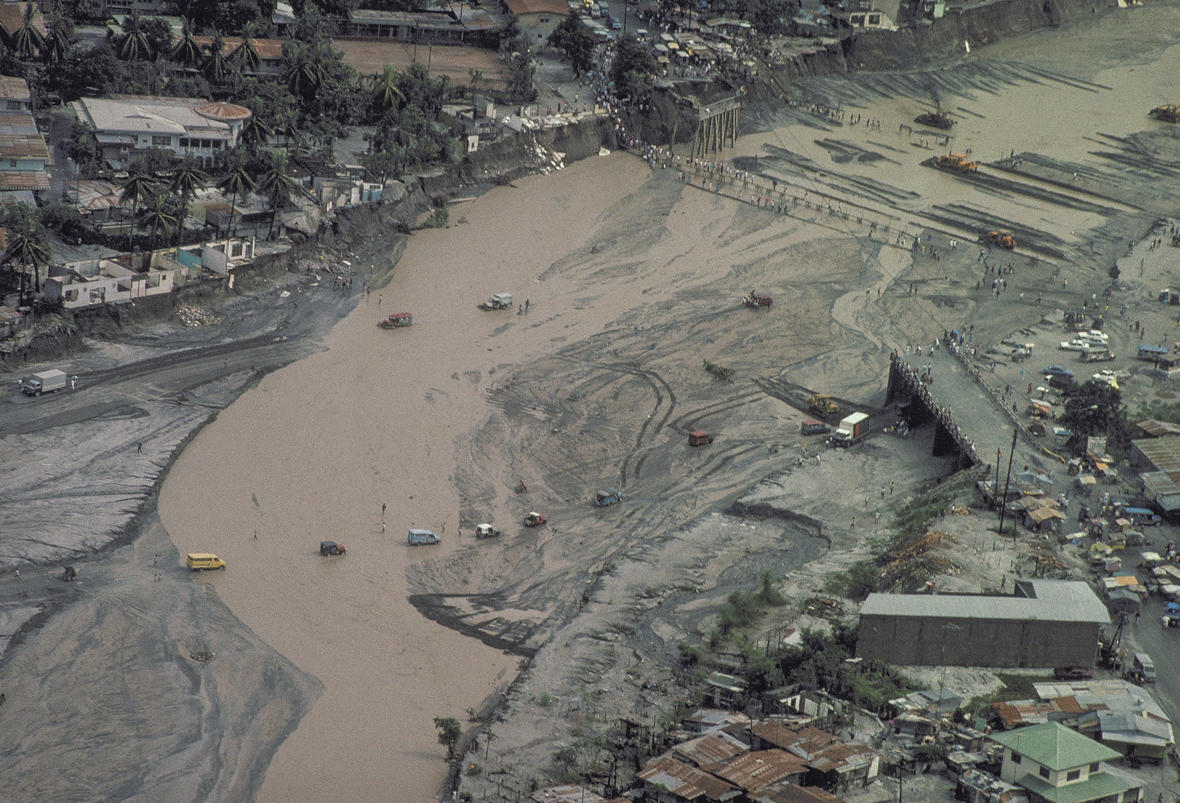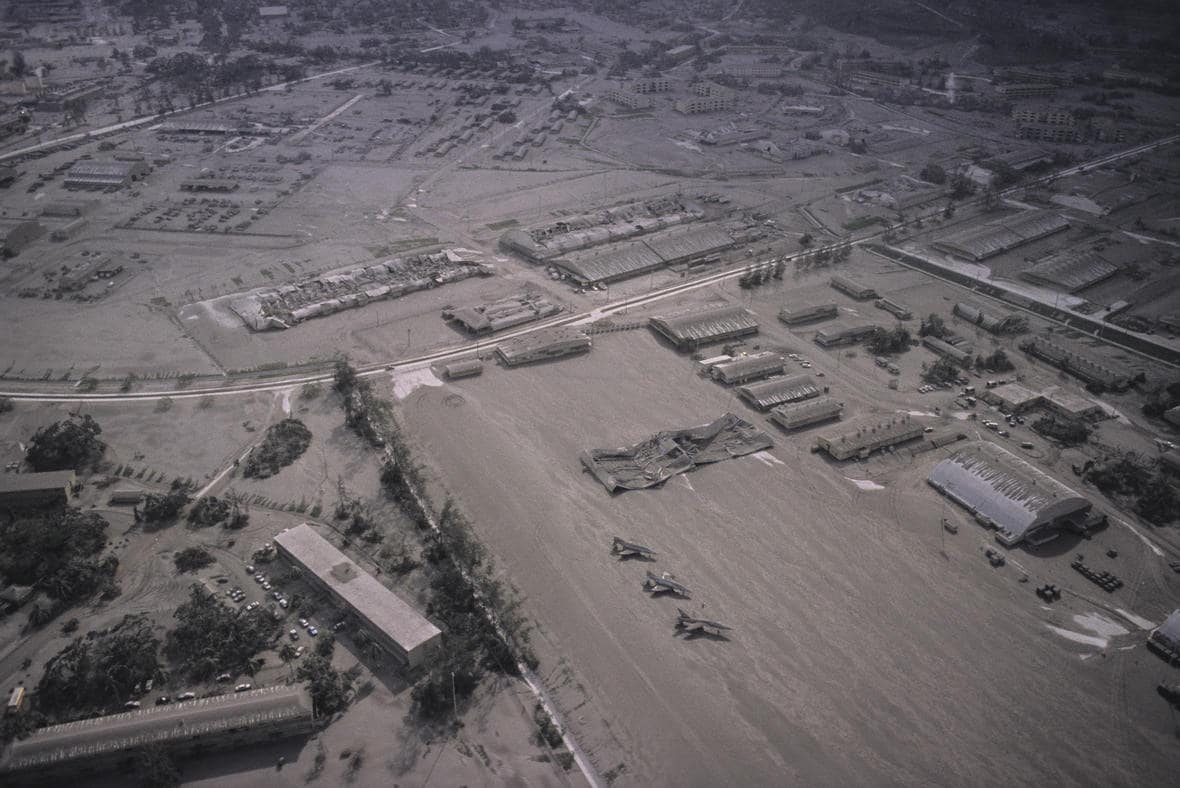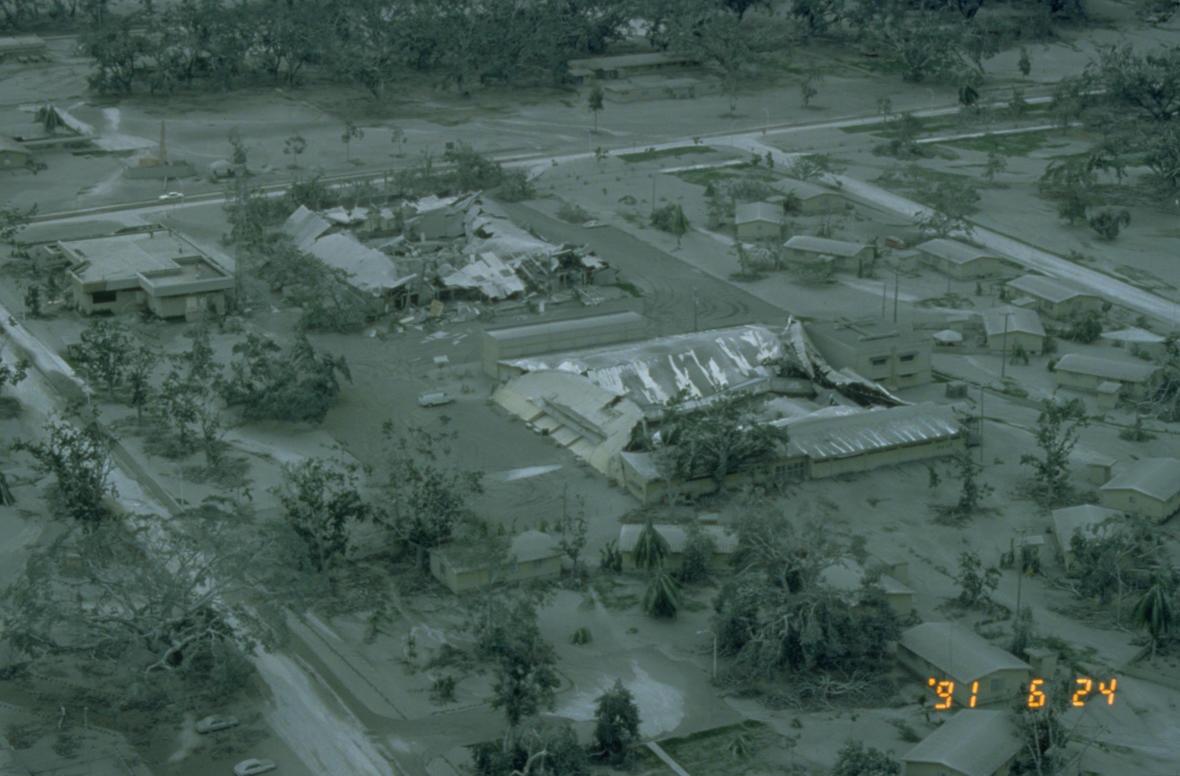
EXACTLY thirty years ago, the province of Pampanga was ravaged by the world’s largest volcanic eruption ever to happen in the last 100 years– the Pinatubo eruption. Thousands of people were displaced after losing their homes to lahar flow, while hundreds did not survive the havoc.
While it was seemingly impossible for the Kapampangans to bounce back after the natural disaster, our indomitable fighting spirit and collective resilience made us what we are right now.
As we look back three decades later, here are some facts about the Mount Pinatubo eruption that may help us understand our history as a province and people:
1. The volcanic unrest was first recorded on April 02, 1991, roughly ten weeks prior to the major eruption. Scientists from the Philippine Institute for Volcanology and Seismology (PHIVOLCS) led by Dr. Raymundo Punongbayan and Dr. Chris Newhall of the United States Geological Survey (USGS) monitored a series of steam explosions.


2. An alert system that was developed by the PHIVOLCS-Volcano Disaster Assistance Program was distributed to civil defense and local officials to inform them about the volcanic risk. Clark Freeport, then a US military airbase, is situated only 14 kilometers from the east of Mount Pinatubo. Around 250,000 people were residing in the airbase and nearby areas of Sapangbato, Angeles and Dau, Mabalacat.

3. The first spectacular eruption of Mount Pinatubo happened during the country’s celebration of its 93rd Independence Day Anniversary, June 12, 1991. Ashes spewed formed a “mushroom-shaped cloud” prompting evacuation among the residents. Additional explosions happened overnight until the morning of June 13.

4. When the volcano exploded on June 15, 1991, ash rose as high as 40 kilometers into the air. 200-meter thick lahar filled valleys and the mountain summit collapsed forming a 2.5 kilometer caldera now known to be the summit lake. By June 30, Pinatubo’s ash had circled the globe.

5. Typhoon Yunya, locally known as Diding, added to the devastation brought by the volcanic eruption. It brought the ashfall to unexpected areas such as Metro Manila, Subic Bay, and even as far as the Indian Ocean.

6. 847 deaths were recorded by the USGS, mostly caused by roofs that collapsed due to the wet ashfall. The lahar buried the homes of more than 200,000 individuals.

7. Damages to infrastructures and properties amounted to $700 million, including that of the commercial airlines, agriculture, forestry, and livestock.


8. The Philippine national government proposed to relocate Kapampangans to Palawan, Mindanao, and other parts of the country because they saw the province was already unsavable. However, then Pampanga Third District Representative Oscar Rodriguez, together with other local and civic leaders, defied the plan and instead insisted on rebuilding the province with the P260 million initial budget allotted.

As we look back in history, let us remember those who perished, and learn a lesson or two from those who survived this calamity. If there’s something Pinatubo taught us, it’s the idea that we once literally rose from the ashes, and we will rise again.
-30-
Source: Remembering Mount Pinatubo 25 Years Ago: Mitigating a Crisis, published by USGS on June 13, 2019



